Eggs are some of the most nutritious food on the planet and a good source of proteins; not to mention that they are loaded with minerals and vitamins essential for human consumption.
What you may not know is that eggshells are one of the most abundant, and also one of the most versatile, products in your garden.
This article will show you 11 different ways to use eggshells in your garden — and why they’re so great!
1. Building a Flower Bed
Eggshells make excellent bedding for new seedlings. Just mix up enough eggshells to cover the soil, and lay them flat on top of the soil. This will help keep water from evaporating too quickly, which can cause plants to become root-bound.
2. A Biodegradable Mulch
Eggshells have high calcium levels and can be used as a biodegradable mulch in your garden beds. They’re perfect for keeping weeds at bay, and they won’t get compacted or turn into a hot mess like other types of mulch can. Just scrape up all the eggshells and spread them out over your beds — you’ll be amazed at how much better it looks!
3. Frost Protection
Eggshells are great for protecting plants from frost damage: If you have plants that need extra protection from frost damage, eggshells make an excellent material for covering them up.
4. Starter Pots
Wondering about where you can safely grow your seedlings? Worry no more!
Eggshells are a wonderful solution that is both efficient and safe (considering they are biodegradable and free from plastics). All you need to do is crack a small opening on the pointier end of the shell, remove the egg contents and clean the inside of shell with boiling water.
Once the shell is clean, you can put a tiny hole on the other end to serve as drainage and put them back in the egg treys. Now the shell is ready and you can add your potting soil and plant the seeds. When your seeds are ready you can transfer them to a bigger pot or transplant them into your garden.
You can crash the shells when done and use them as mulch in the garden.

5. Gravel
Get creative with eggshells! You can use them as an alternative to sand or gravel when designing your garden beds. You can also make decorative paths using eggshells—just mix them with some soil or sand and let dry before laying down in place.
6. Composting
Eggshells are incredibly rich in nutrients but are also very low in carbon content (which means they will compost well). If you’d like to compost some eggshells, just empty out an eggshell and add it to your compost pile along with other organic materials like vegetable scraps or kitchen waste (just make sure that everything has been cleaned first). The eggshells should break down fairly quickly and turn into rich soil that is perfect for growing plants!
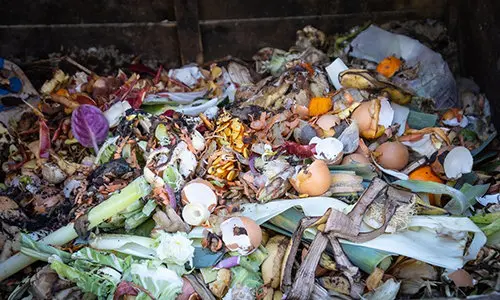
7. As a Draining Layer
Use them as a drainage layer for your garden beds (or any other area that needs extra drainage). Just place some eggshells in the bottom of your raised beds before adding soil or compost, then water well after planting or transplanting seeds or plants into their new home! The shells will naturally decompose over time, but they’ll also help keep moisture where it needs to be—which means no more soggy soil underfoot when you’re walking through your garden with bare feet!
8. For Soil Amendment
Adding eggshells to top soil will help improve its structure by adding calcium and other minerals that plants need in order to thrive! Soak some up in a bucket or pail and sprinkle over your beds before tilling them.
Related: Why You Should Use Banana Peels In Your Garden
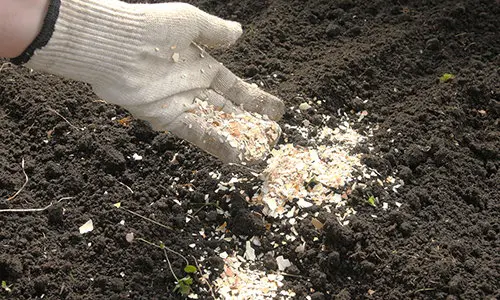
9. Pest Control
Eggshells can be used as an organic insecticide, especially if you add other ingredients like vinegar or borax (which will kill off any bugs that come into contact with it). You can also make your own spray by mixing one part of vinegar with two parts water. Spray on plants that have been infested with pests (like aphids), then leave them on until completely dried out (about five minutes), before removing any dead insects from the leaves or roots.
10. As a Pest Deterrent
Are you tired of washing snails and slugs off of your veggies every time you’re preparing a meal? Your eggshells are the answer to your problems. For this to work perfectly, you will need to crash the eggshells into small pieces (not grinding). The end product should be small pieces with sharp edges, which are the catch for this role. The sharp edges abrade the sensitive feet of the mollusc, therefore, deterring them from accessing your garden.
After a while your garden will be free from snails and slugs since they will move elsewhere in search of easily accessible pickings.
Related: 8 Best Natural Ways To Stop Slugs And Snails From Destroying Your Plants
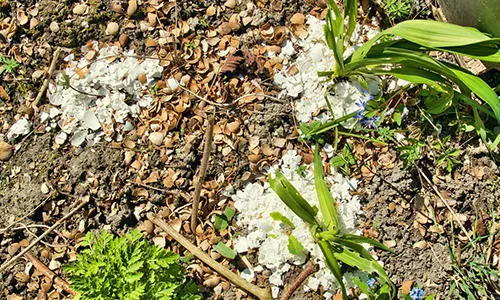
11. As a Supplement for Your Birds
If you’re a bird farmer then you know how bad it can be to walk into your birds eating their own eggs. Birds normally require calcium before they start laying and after. If they don’t acquire these nutrients from their feeds, then they turn to their eggs to resolve their calcium deficiency problems.
Feeding grounded eggshells to your birds alongside other seeds is the best idea to keep them healthy and to avoid losing the eggs. But before you can feed the mother birds with the shells, ensure that they are sterile by baking them for at least 10 minutes at 120 degrees Celsius.
You may also like:
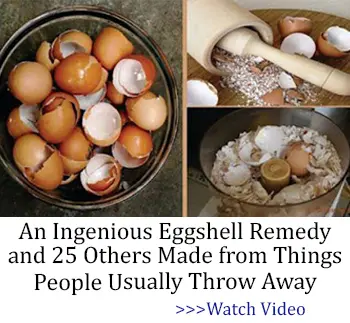 Gardening Mistakes That Might Get You Killed
Gardening Mistakes That Might Get You Killed
The Only Food That Grows Almost Faster Than You Can Eat It (Video)
10 Vegetables That Are Too Easy To Grow Inside

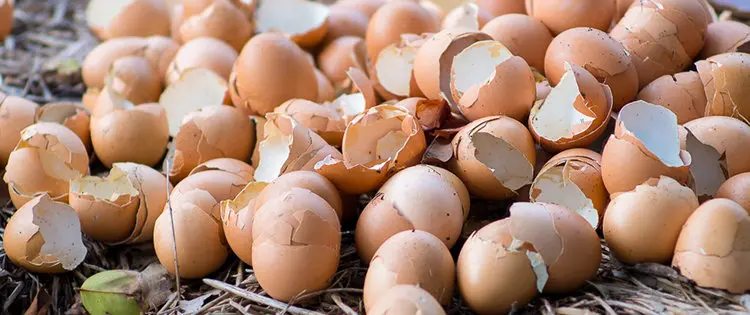
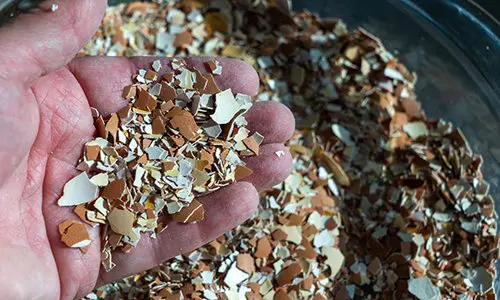








Thanks for the info.